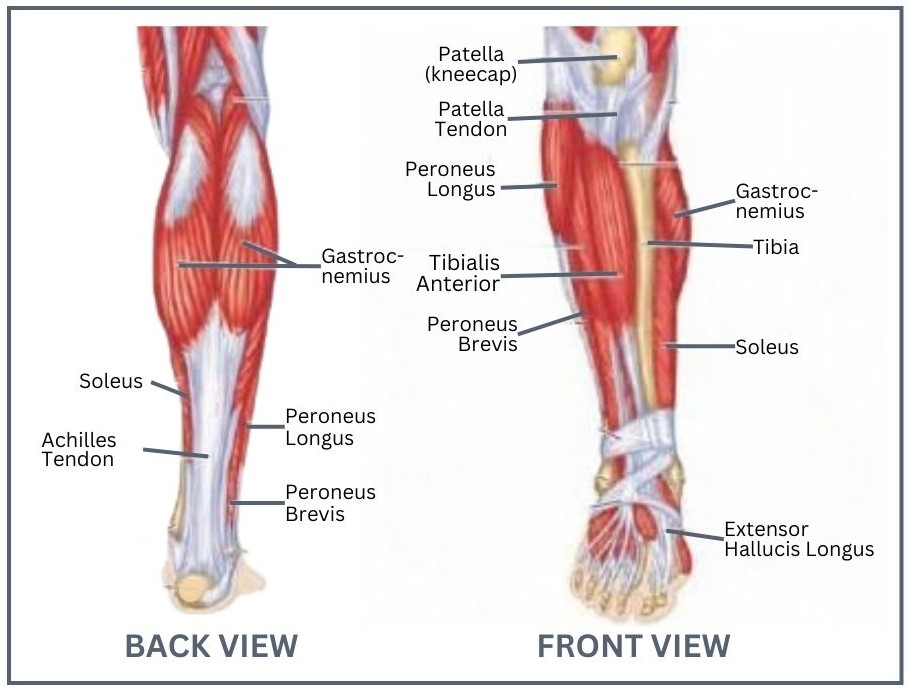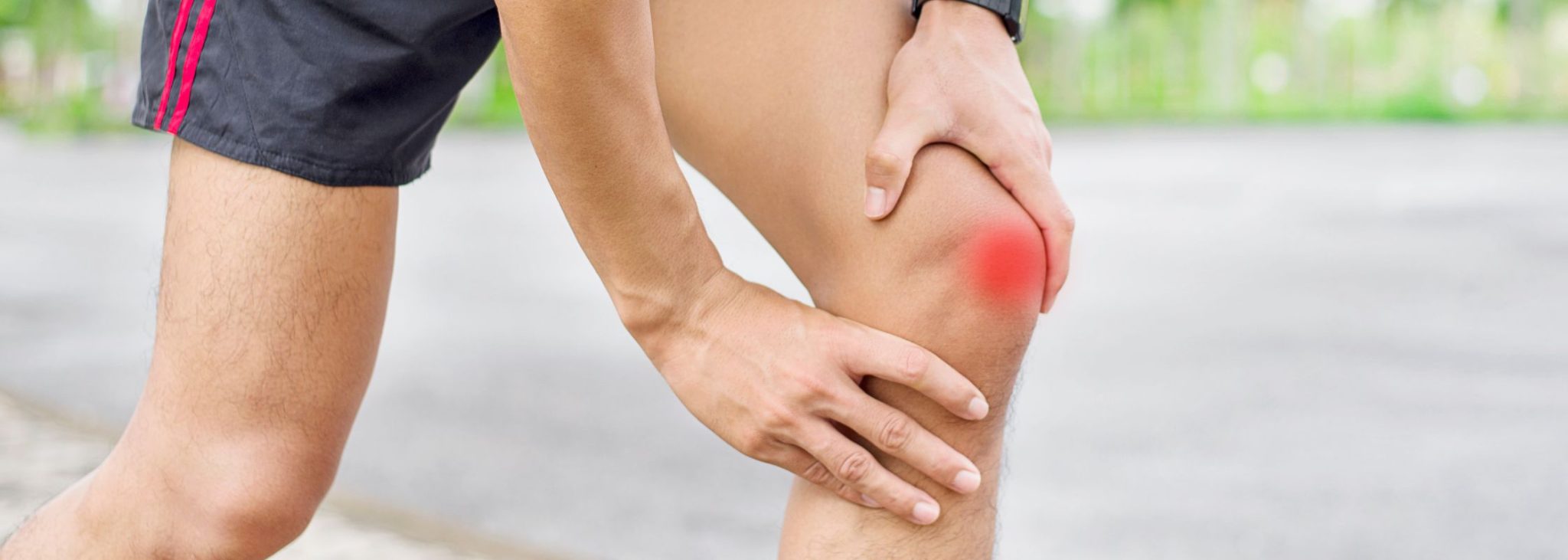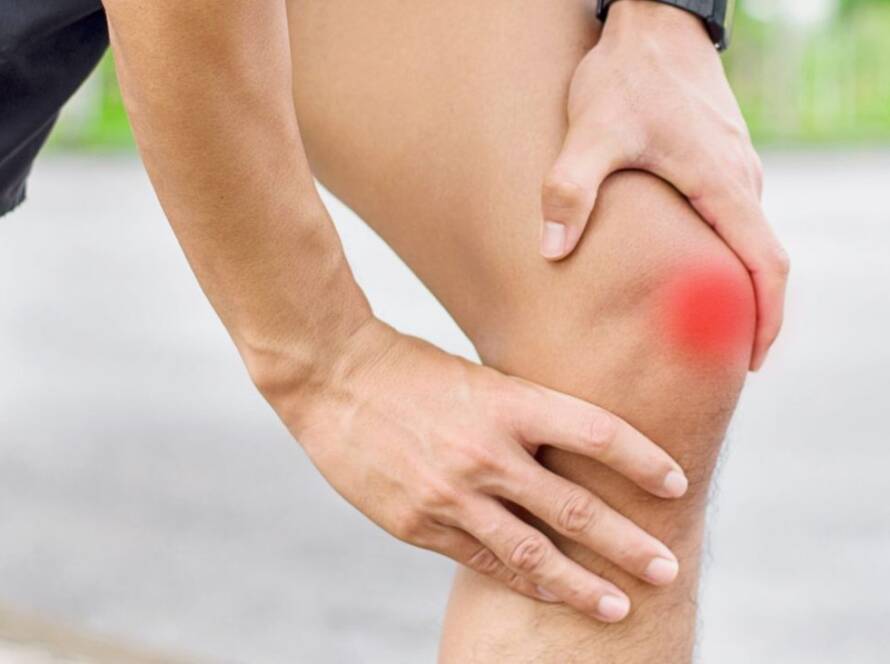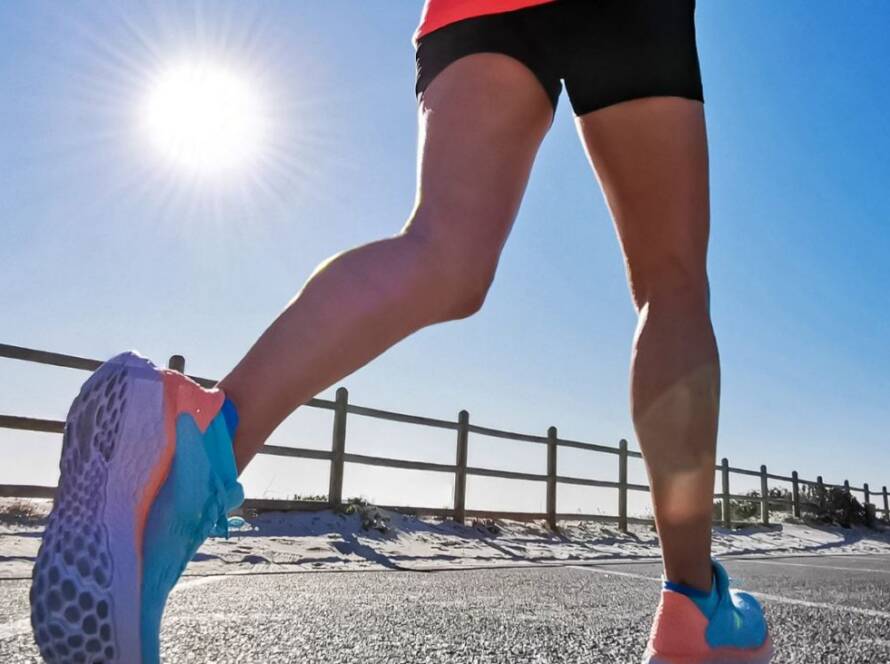Treatment For Runner’s Knee – Key Takeaways
- Strengthening exercises are essential for managing runner’s knee pain, and increasing the strength in both the knee and the hip muscles is more effective than knee strengthening alone
- Incorporate flexibility and mobility exercises as needed to allow improved biomechanics
- Proper running technique, following an appropriate running training program, and allowing adequate rest and recovery are also important for effective long-term management of runner’s knee pain
Anatomy of Runner’s Knee
What Are The Benefits and Risks Of Grey Zone Running?
Research Into Strength Exercises For Runner’s Knee Pain
Identifying and Addressing Muscle Imbalances
Role of Muscle Strength In Runner’s Knee Pain
Importance of Muscle Balance and Co-ordination For Runners
Essential Strength Exercises for Runner’s Knee Pain
- strength and flexibility
- movement control and co-ordination
- current injury and symptom level
- injury history
- strength training experience
- running goals
- access to weights and time able to be committed to your training

Calf Strengthening for Runners
Your calf muscles play a crucial role in middle and long distance running, for example marathons. We need to remember that we have two separate muscles that make up our “calf muscle” group – your gastroc and your soleus muscles. This is important because although they work closely together, we need to train them a little differently to ensure we improve strength in both muscles. Straight-knee and bent-knee single leg calf raises are usually a good place to start.
Frequently Asked Questions
What are the best knee strengthening exercises to perform at home for runners?
Some of the best early-stage exercises include squat and lunge variations, step-ups, bridges and clam shells. All exercises should be performed with correct form and at a slow controlled speed. Once you are feeling comfortable doing 3 sets of 8-10 reps of these you can progress by adding weights. However, these are only introductory exercises and you should also progress to more challenging exercises when you feel ready. Also, personalisation is key, so having a proper assessment with a running physio is really helpful to ensure you follow the correct strength program.
Which muscles should be targeted to prevent or manage runner’s knee?
Focusing on the quadriceps, glutes, calf muscles and hamstrings is usually important for runner’s knee pain. Strong hip and pelvis muscles help improve overall lower limb biomechanics, stability and movement control while running. Quads strength is vital for maintaining correct patella alignment (patella tracking), and strong calves have been shown to be important for many reasons in distance running.
Can strength training help relieve runner’s knee pain, and if so, how?
Yes, strength training is a major part of most programs used to manage knee pain in runners. Building strength helps by improving your biomechanics and running gait, supporting your knee and patellofemoral joint alignment/tracking, and helping stabilise your pelvis, hip and lower limb during your running gait.
Should I stop running if my knee hurts?
Reducing your running volume and/or intensity is often required early-on to allow runner’s knee pain to settle. However, we try not to stop clients running completely, although this is sometimes required in more advanced or severe cases. Generally, running with a small-moderate amount of pain is still ok, as long as it settles fairly quickly after your run and you don’t feel that it is changing your running gait or getting too sharp. As you improve you can gradually increase your running volume and intensity again.
How can I reduce the risk of getting runner’s knee pain?
Consistent strength training and following the right running training program, one that increases your running gradually at a pace that your body can adapt to, are the two most effective ways to reduce your risk of getting knee pain with running. Having your running gait assessed and improved can also be very helpful, especially for persistent or recurrent pain. Other things you can do may include mobility/flexibility exercises, doing proper warm-ups and cool-downs, maintain a healthy weight, get enough sleep and eat a healthy balanced diet.




